As someone who’s spent countless summer weekends exploring America’s national parks, I get asked a lot about which ones are worth visiting when the weather warms up. The truth is, picking favorites among these natural wonders feels a bit like choosing between children – each park has its own character and charm. I reached out to several park rangers and seasoned hikers to help paint a clearer picture.
“Summer brings our parks to life in ways you wouldn’t believe,” says Mark Thompson, a veteran ranger at Yellowstone. “From wildflower meadows to active wildlife, each park offers something unique during the warmer months. Whether you’re looking for challenging hikes, family-friendly trails, or just want to soak in some scenery from your car, there’s a park that fits.”
While you could spend a lifetime exploring all 63 national parks, summer gives us a perfect window to visit many of them. To help you plan your next adventure, here are 15 national parks that really shine during the summer months.
- Best for desert views: Death Valley National Park
- Best for wildlife watching: Yellowstone National Park
- Best for hiking: Yosemite National Park
- Best for photography: Grand Canyon National Park
- Best for stargazing: Joshua Tree National Park
- Best for water activities: Acadia National Park
Yellowstone National Park, Wyoming
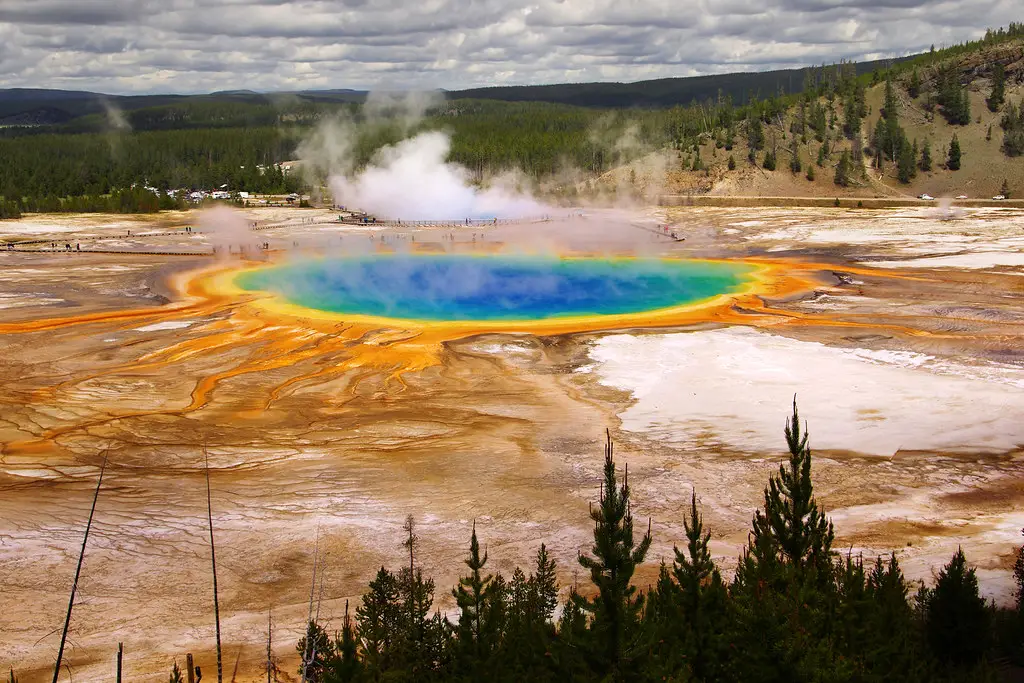
When it comes to America’s national parks, Yellowstone holds a special place in my heart. As the world’s first national park, this Wyoming treasure serves up a geology lesson you won’t find anywhere else. The landscape feels almost alien – with geysers shooting up from the earth like clockwork (hello, Old Faithful), hot springs painting the ground in rainbow colors, and bubbling mud pots that remind you of nature’s raw power. While summer brings the crowds, it’s also when you can spot grizzlies and wolves roaming the valleys, watch herds of bison graze in golden meadows, and hike through forests that lead to hidden waterfalls. Between the steaming geothermal features and sprawling wilderness, visiting Yellowstone feels like stepping onto another planet – one where nature still calls the shots.
Glacier National Park, Montana

Visitors flock to Glacier National Park for the Going-to-the-Sun Road, a 50-mile scenic drive that cuts through the heart of Montana’s crown jewel, but this wilderness wonderland offers much more than just mountain views. The park houses over 700 miles of hiking trails that wind past ancient glaciers, alpine meadows, and crystal-clear lakes. During summer months, the park comes alive with wildflowers and wildlife – from mountain goats scaling rocky cliffs to grizzly bears foraging in distant valleys. While many come for day hikes and scenic drives, the park’s numerous campgrounds and lodges make it perfect for extended stays, letting visitors fully explore its pristine wilderness at their own pace.
Grand Canyon National Park, Arizona
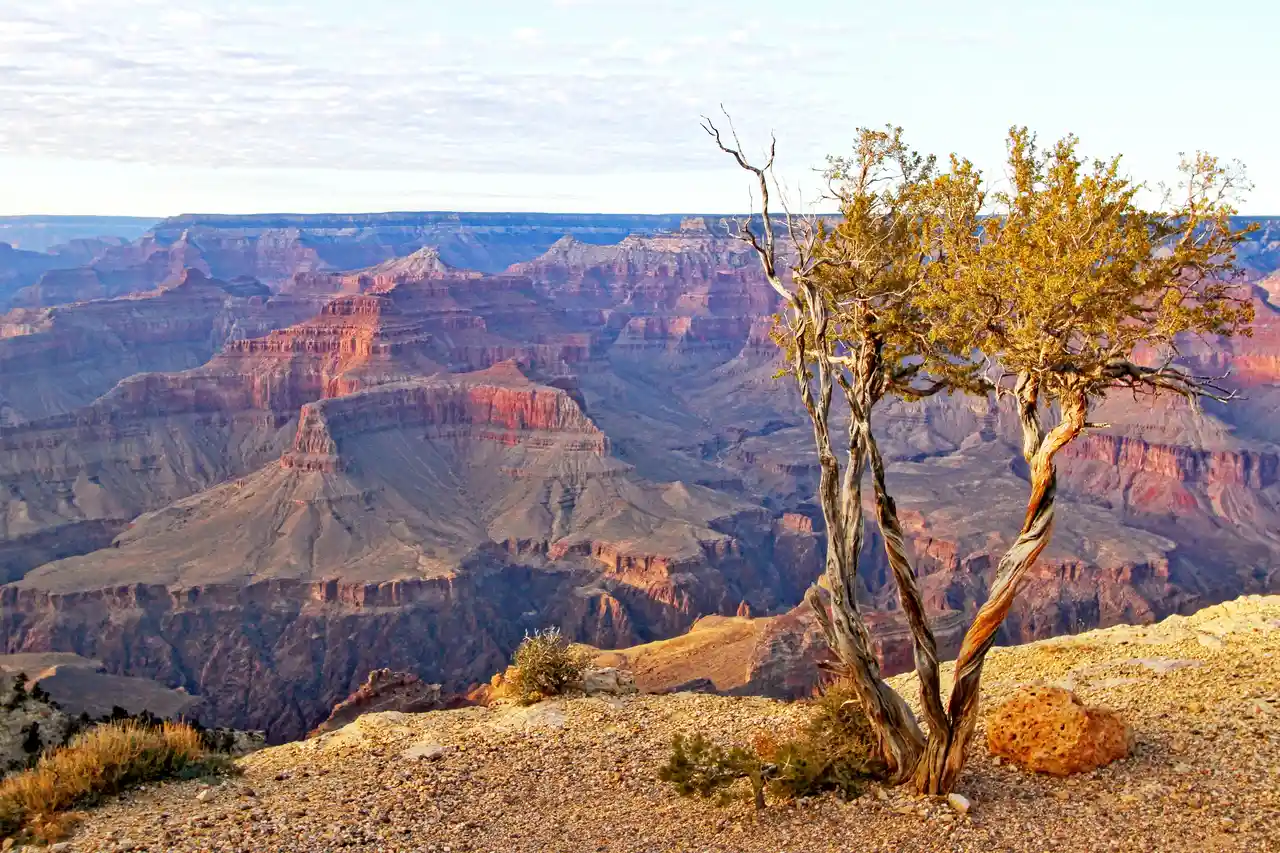
Many travelers come to the Grand Canyon for its famous South Rim views, but this massive natural wonder offers far more than just photo opportunities. The park’s endless maze of colorful rock layers tells a billion-year story of Earth’s history, while its vast network of trails – from the popular Bright Angel to the more remote North Rim paths – give hikers of all skill levels a chance to explore. In summer, visitors can join ranger-led programs, take a mule ride into the canyon, or float down the Colorado River on a rafting expedition. The park’s size means you’ll find quiet spots even during peak season, especially if you venture beyond the main viewpoints to lesser-known areas like Desert View or Hermit’s Rest.
Yosemite National Park, California
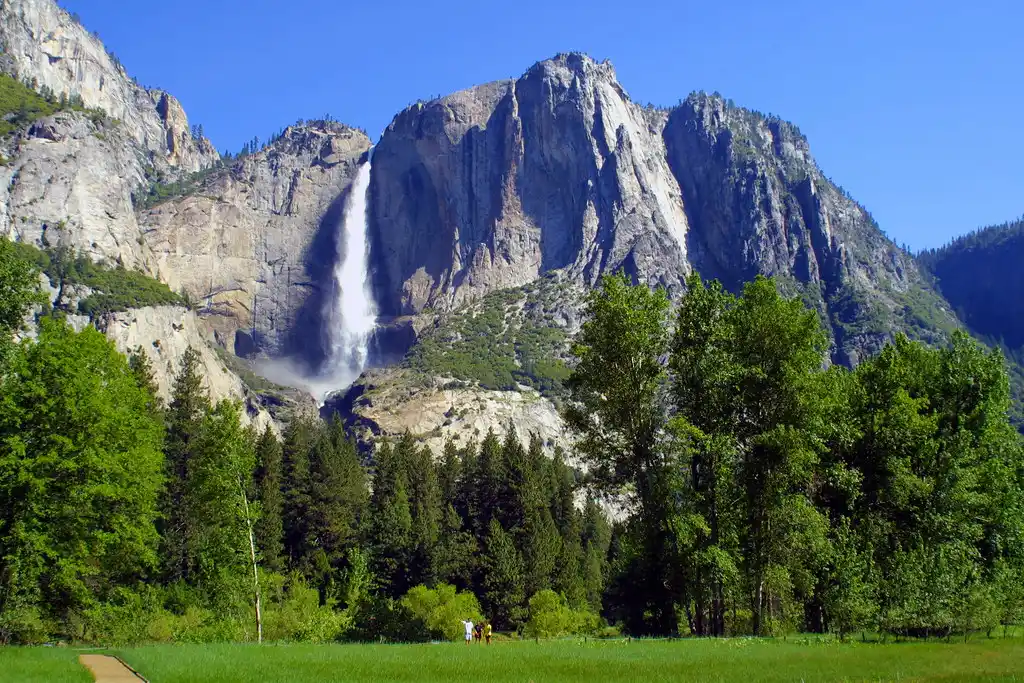
Yosemite National Park draws millions of visitors each year for its towering granite cliffs and majestic waterfalls, but this California gem offers much more than just epic rock formations. The park’s meadows burst with wildflowers during summer months, while its ancient sequoia groves provide cool shade on warm days. Whether you’re watching climbers scale El Capitan, hiking to the top of Half Dome, or simply having a picnic beside the Merced River, Yosemite delivers outdoor experiences that stay with you long after you leave. Summer brings warm days perfect for swimming in the park’s crystal-clear lakes and streams, though you’ll want to arrive early to beat the crowds at popular spots like Tunnel View and Glacier Point.
Acadia National Park, Maine
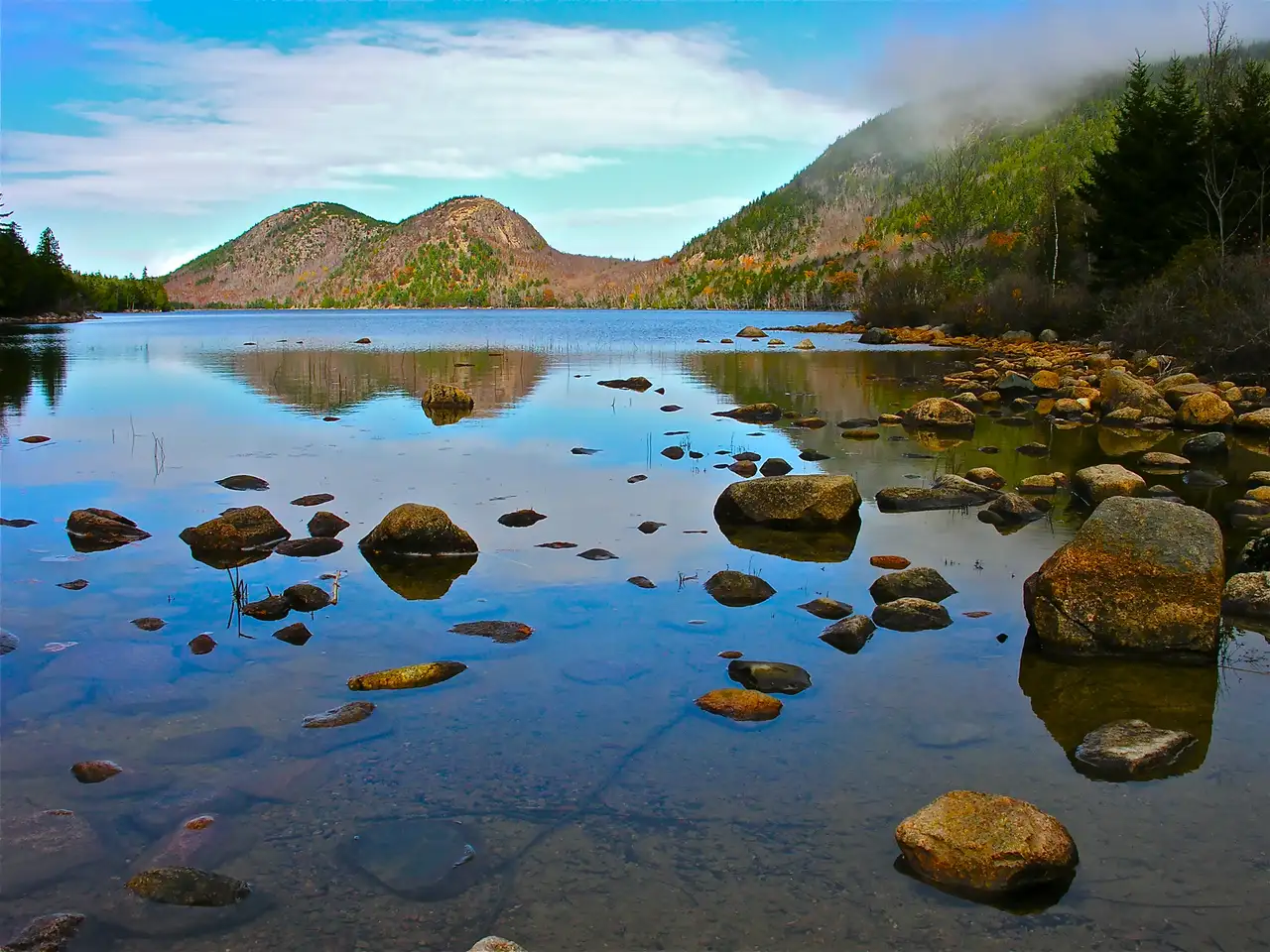
Maine’s crown jewel pulls you in with its rugged coastline and granite peaks that rise from the Atlantic. Acadia National Park serves up the best of New England’s natural wonders, from the wave-carved Thunder Hole to the winding paths of the Ocean Trail. Early birds flock to Cadillac Mountain to catch the country’s first sunrise, while afternoon adventurers paddle between hidden coves or bike the historic carriage roads. It’s a place where you can spend the morning watching lobster boats dot the harbor, then hike through pine forests to rocky summits that give you clear views across Mount Desert Island. The park gets busy in peak summer, but there’s good reason – the moderate temperatures make it perfect for exploring tide pools, spotting whales, or simply soaking in the cool sea breeze.
Rocky Mountain National Park, Colorado
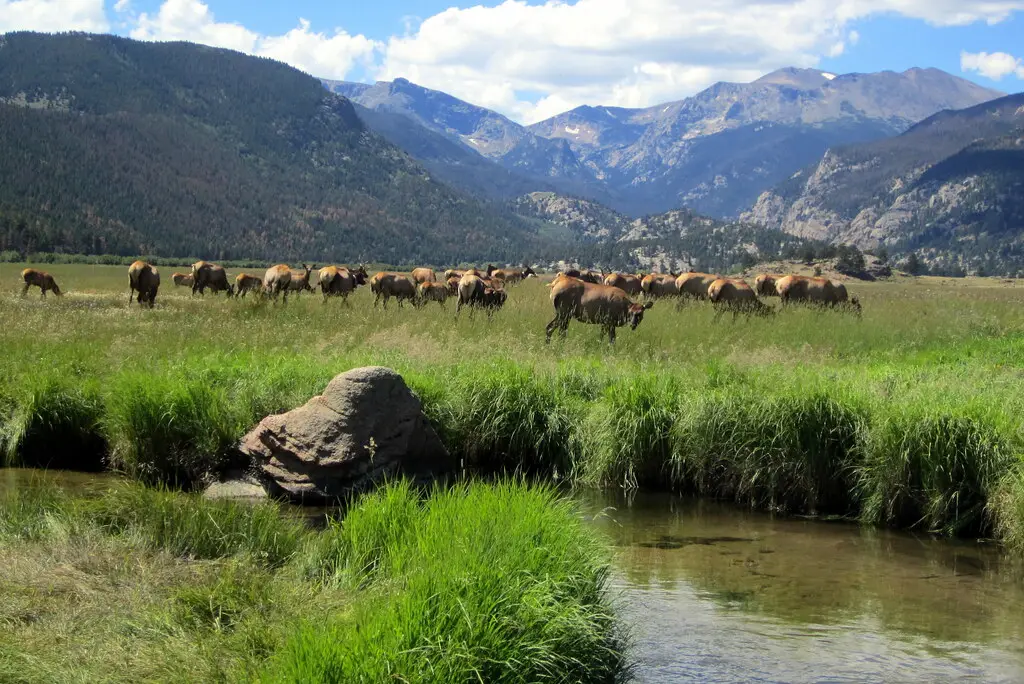
Rocky Mountain National Park has been my summer escape since moving to Colorado in 2015. Nestled in the heart of Colorado’s Front Range, this alpine wonderland spreads across 265,461 acres of soaring peaks and meadows filled with wildflowers. Trail Ridge Road winds through the park like a ribbon, taking visitors up to 12,183 feet above sea level, where elk graze freely and marmots sun themselves on rocks. The park’s 355 miles of hiking trails lead to crystal-clear mountain lakes and waterfalls, while the famous Longs Peak stands guard at 14,259 feet. Early mornings here are special – the golden light catches the dew on the grass in Bear Lake Meadow, and the crisp mountain air fills your lungs with that pure Rocky Mountain freshness that city folks dream about.
Mount Rainier National Park, Washington
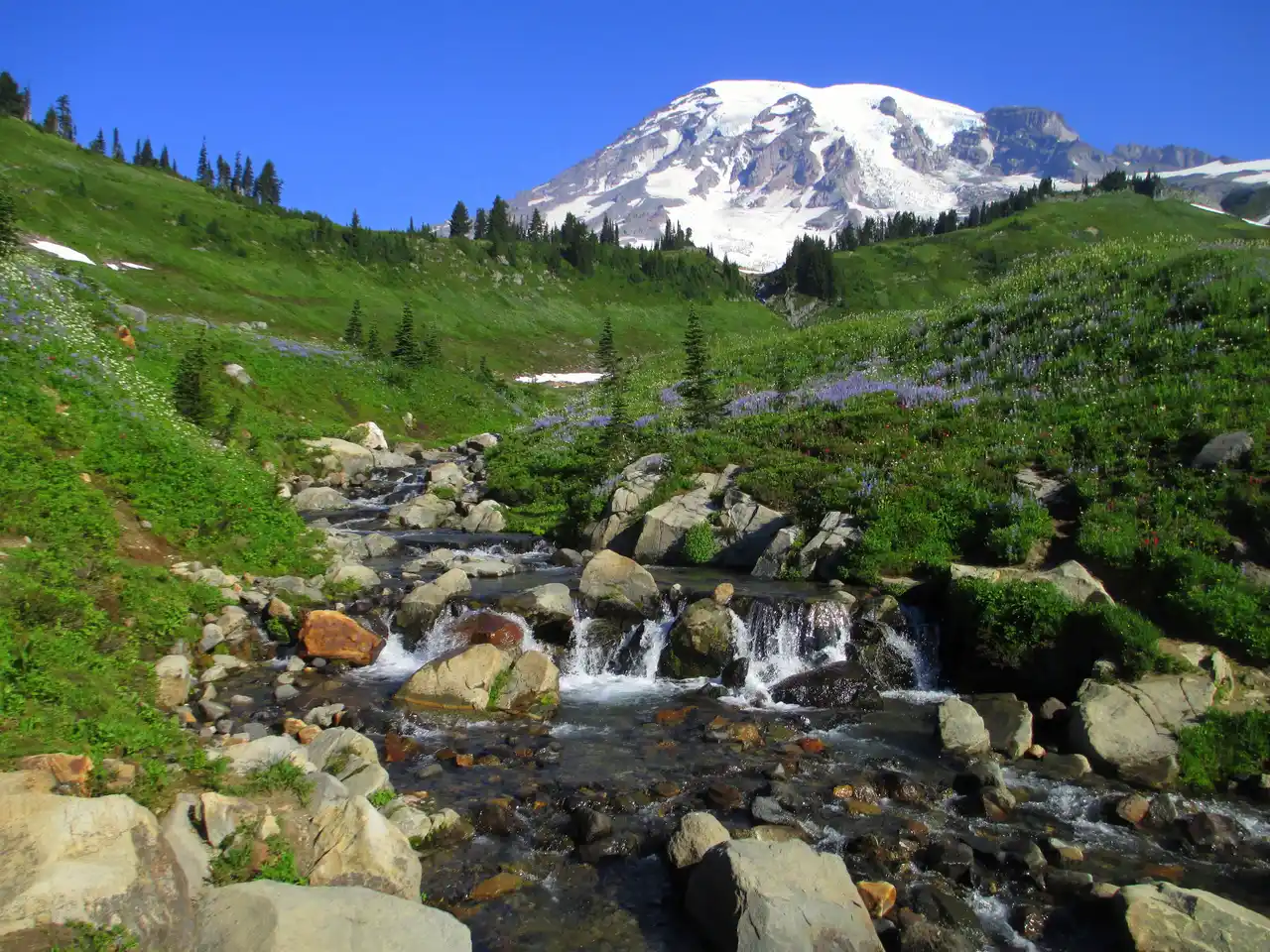
Rising over 14,000 feet into the Washington sky, Mount Rainier stands as the crown jewel of its namesake national park. This active volcano, perpetually wrapped in snow and ice, draws hikers and nature enthusiasts from across the country to explore its network of wildflower-filled meadows and ancient forests. The Skyline Trail offers what I consider the park’s best day hike, winding through Paradise Valley where black bears often forage and marmots sun themselves on rocks. During summer months, the meadows burst into color with purple lupines and red paintbrush, creating a natural garden that perfectly frames the massive peak above. It’s not just a mountain – it’s an ecosystem unto itself, home to 26 glaciers and countless waterfalls that feed the rivers below.
Olympic National Park, Washington

Olympic National Park is the place I recommend to anyone who wants to experience three distinct ecosystems in a single day. Located on Washington’s Olympic Peninsula, this diverse wilderness combines rugged Pacific beaches, old-growth rainforests, and alpine meadows in the Olympic Mountains. You can hike through moss-draped forests in the Hoh Rainforest, watch sea stacks rise from the mist at Ruby Beach, and spot mountain goats along Hurricane Ridge – all within a few hours’ drive of each other.
Zion National Park, Utah
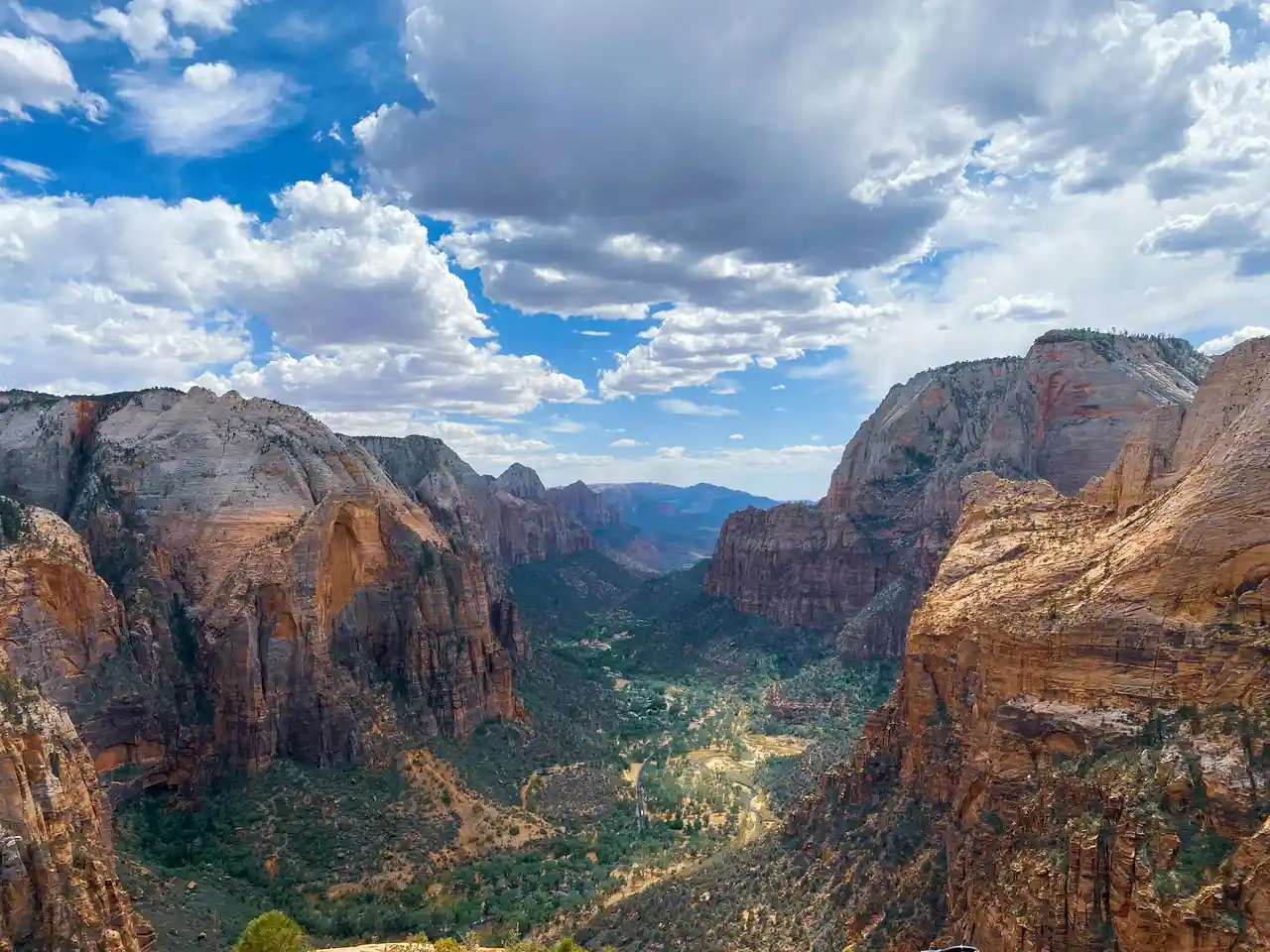
Zion National Park draws visitors seeking both dramatic red rock formations and peaceful canyon walks, but this Utah treasure offers much more than just scenic views. The park’s crown jewel, Angels Landing trail, challenges hikers with its steep climbs and narrow ridges, while the gentle Riverside Walk leads to the famous Narrows – where visitors wade through the Virgin River between towering canyon walls. In summer, the free shuttle system makes it easy to hop between trailheads and viewpoints, though early morning starts are recommended to beat both the heat and crowds. Whether you’re looking to tackle ambitious hikes or simply want to watch the sunset paint the cliffs in golden hues, Zion provides adventures for every type of outdoor enthusiast.
Grand Teton National Park, Wyoming
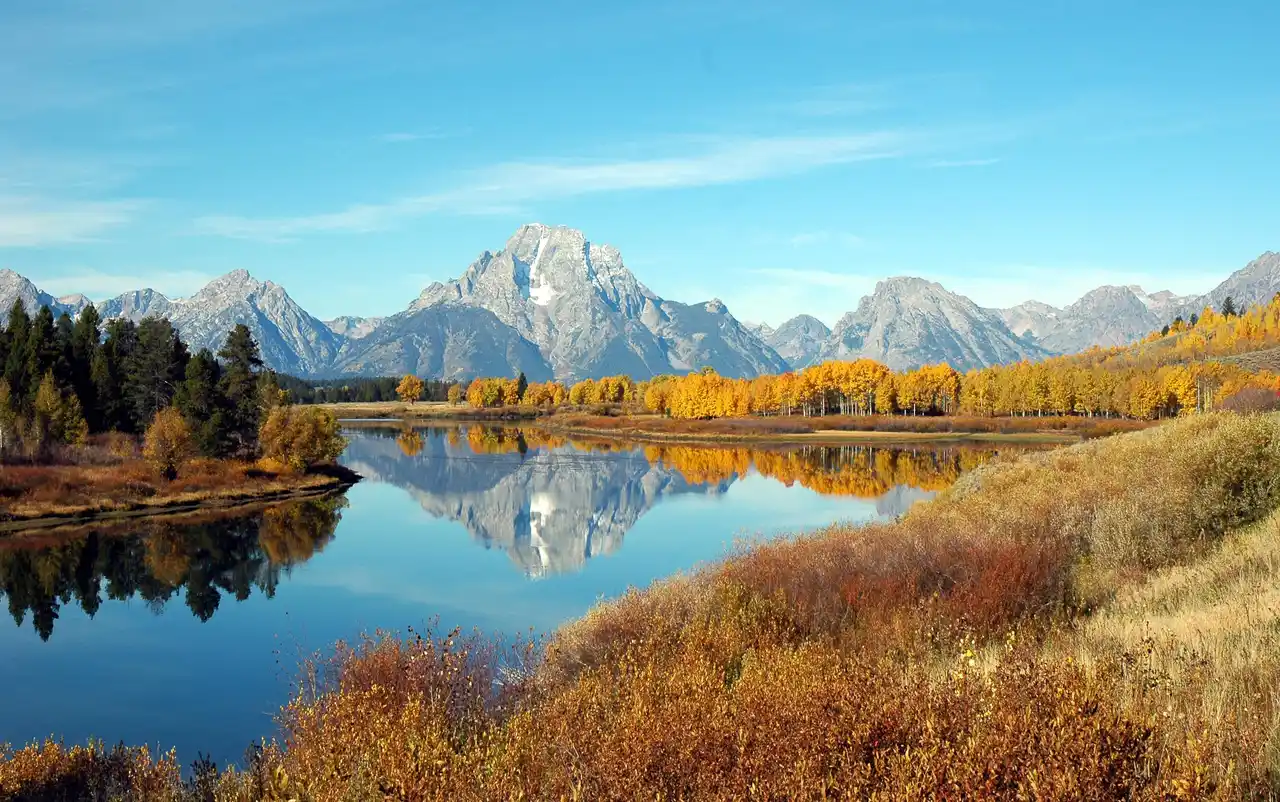
My first visit to Grand Teton National Park left me speechless back in 2018. Rising dramatically from the Jackson Hole valley in Wyoming, the Teton mountain range creates one of America’s most recognizable skylines. The park spreads across 310,000 acres of wilderness, where crystal-clear alpine lakes mirror the jagged peaks above. Along the forty-mile stretch of the park, you’ll find historic Mormon Row barns, herds of bison roaming freely, and countless hiking trails that wind through wildflower meadows. The Snake River weaves through the landscape, offering perfect spots for fly fishing and floating, while the early morning light paints the mountains in soft hues of pink and gold that photographers chase year after year.
Bryce Canyon National Park, Utah
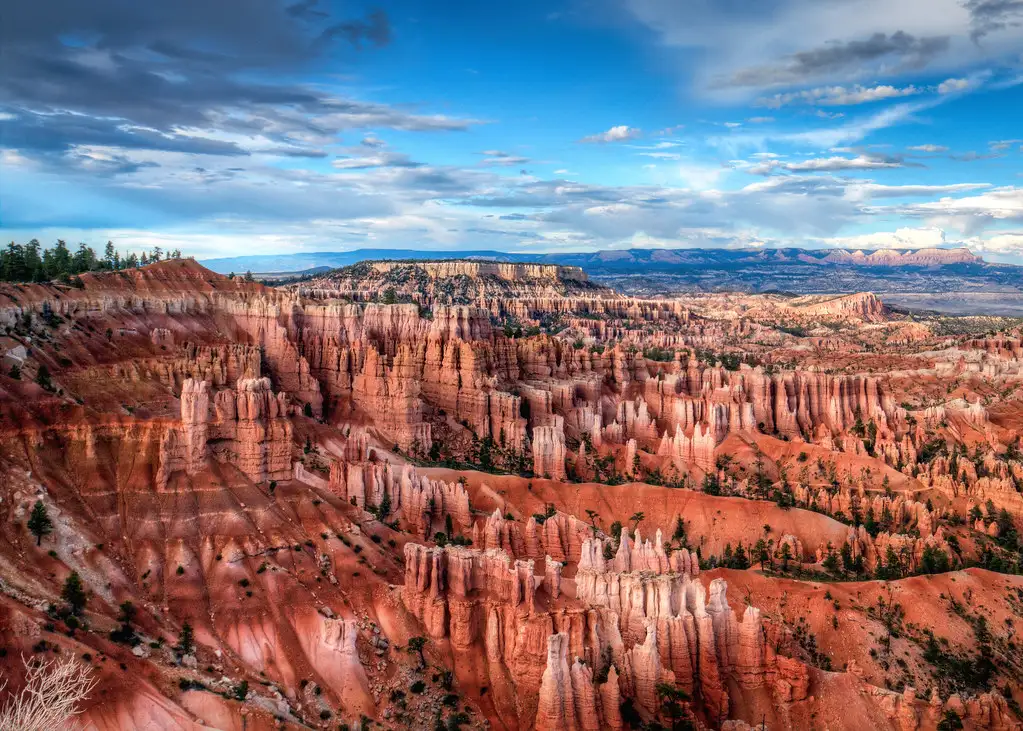
Located about four hours south of Salt Lake City, Bryce Canyon National Park stands out as one of Utah’s most unique natural wonders. Unlike other parks in the region, Bryce isn’t actually a canyon at all, but rather a collection of natural amphitheaters filled with orange-red rock formations called hoodoos. These peculiar spires, shaped by millions of years of frost and rain, create an otherworldly landscape that looks especially magical during sunrise and sunset. What makes this park different from its Utah siblings is how accessible it is – you can see the best views right from the rim, and the hiking trails are generally shorter and less strenuous than those found in Zion or Canyonlands. Thanks to its elevation of 8,000 feet, Bryce offers a welcome escape from summer heat, with temperatures typically 10-20 degrees cooler than in nearby parks.
Denali National Park, Alaska

Spanning six million acres of Alaskan wilderness, Denali National Park feels like nature turned up to eleven. While other parks might give you a taste of the wild, Denali serves up the whole feast – we’re talking grizzly bears wandering freely, moose munching on willows, and caribou migrating across the tundra. The park’s namesake, Denali (formerly Mt. McKinley), towers over everything at 20,310 feet, creating its own weather patterns and dominating every view. Because of its location deep in Alaska, the park sees nearly 24 hours of daylight in summer, giving visitors endless opportunities to spot wildlife and explore the vast landscape of taiga forest, alpine tundra, and snow-capped peaks.
Cool Fact:
One of the coolest things about Denali National Park is that it’s home to North America’s tallest peak – Denali, which towers 20,310 feet above sea level and creates its own weather system. The park’s six million acres of wild land includes everything from forests at low elevations to glaciers and snow-covered peaks, making it a perfect spot to see diverse wildlife like grizzly bears, moose, caribou, and Dall sheep roaming freely in their natural habitat.
Great Smoky Mountains National Park, Tennessee

Straddling the border of Tennessee and North Carolina, Great Smoky Mountains National Park offers a peek into Appalachian mountain life. The park’s rolling hills and dense forests create a natural playground that draws more visitors than any other national park in America. But don’t let the crowds deter you – with over 500,000 acres to explore, you’ll find plenty of quiet corners to call your own. The park’s famous morning fog, which gives the Smokies their name, creates a magical scene as it drifts between the mountains. Thanks to the region’s rich history, you’ll discover old homesteads, historic mills, and remnants of mountain communities scattered throughout the wilderness, telling stories of the people who once called these misty mountains home.
Sequoia National Park, California
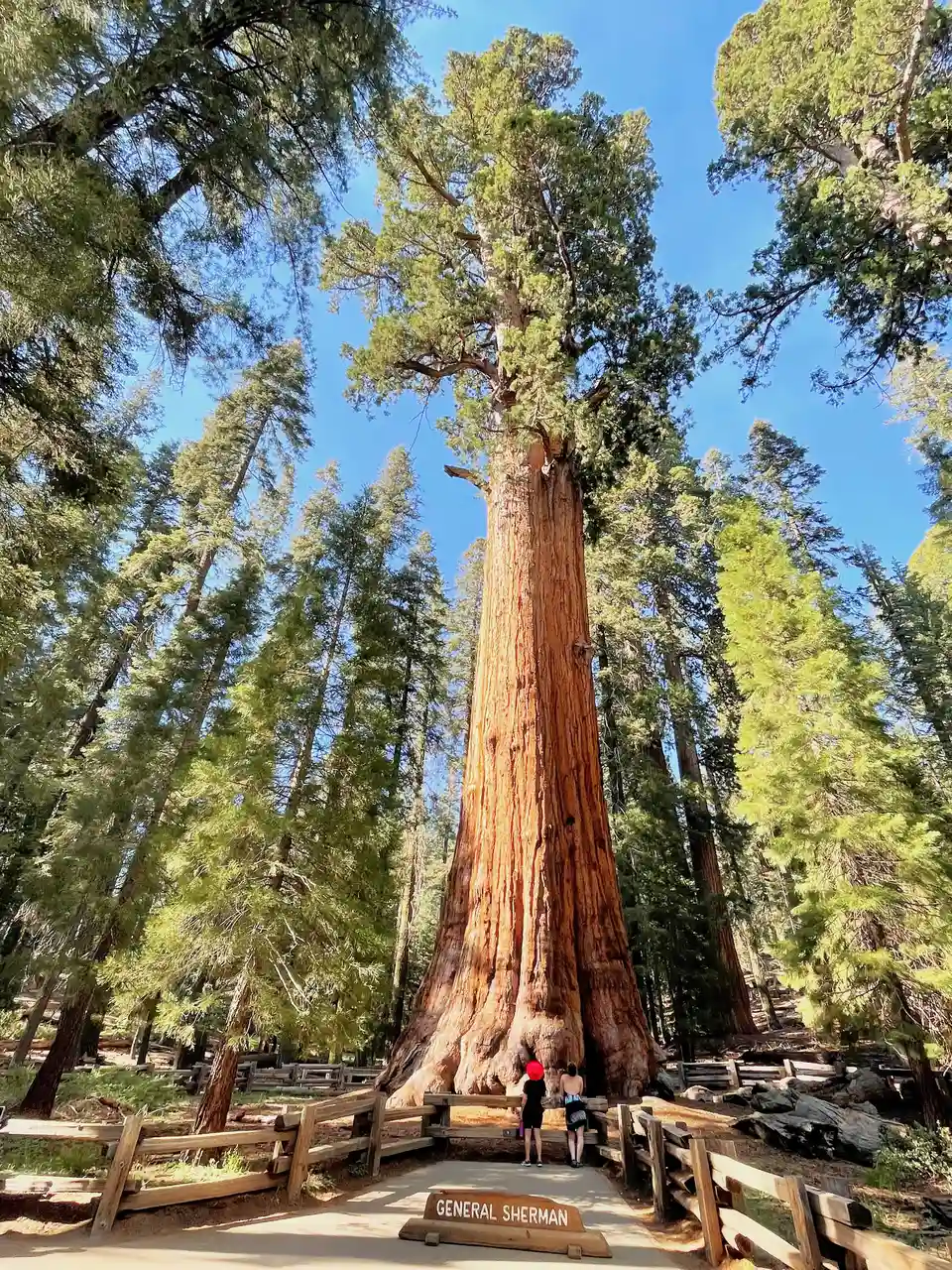
The first time I visited Sequoia National Park, I was awestruck by the sheer size of the ancient giants dotting the landscape. Located in California’s southern Sierra Nevada mountains, this park is home to some of the largest trees on Earth, including the General Sherman Tree – the biggest living thing by volume worldwide. Miles of hiking trails wind through groves of towering sequoias, where sunlight filters through the dense canopy and creates ever-changing patterns on the forest floor. During summer months, the weather stays mild at higher elevations, making it perfect for exploring the park’s meadows, rivers, and granite peaks. The Congress Trail offers an easy 2-mile loop that takes you past several notable sequoia clusters, while the more adventurous can tackle the climb up Moro Rock for sweeping views of the Great Western Divide.
Joshua Tree National Park, California
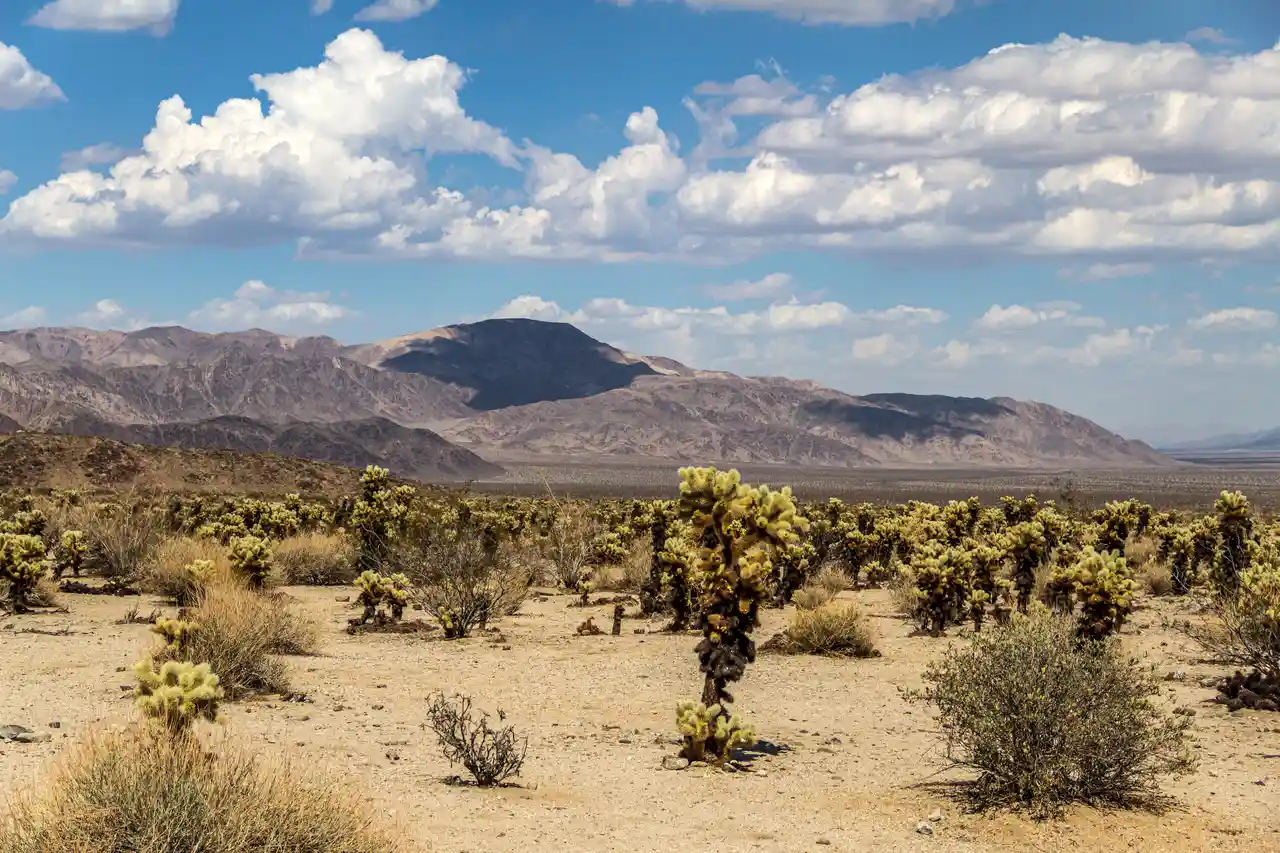
Joshua Tree National Park feels like stepping onto another planet – a place where twisted trees stretch toward the sky and massive boulders seem randomly scattered across the desert landscape. This meeting point of the Mojave and Colorado deserts creates a unique ecosystem where the park’s namesake Joshua trees stand like ancient sentries against the harsh elements. You’ll find rock climbers scaling the park’s countless granite formations during the cooler morning hours, while hikers explore the hidden oases that punctuate the arid terrain. It’s not your typical summer destination – temperatures regularly soar above 100°F – but the early mornings and late evenings reveal the true magic of this desert wilderness, when the light paints the landscape in soft pinks and purples, and wildlife emerges from their daytime shelters.

